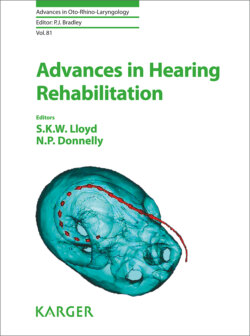Читать книгу Advances in Hearing Rehabilitation - Группа авторов - Страница 35
На сайте Литреса книга снята с продажи.
Biocompatibility
ОглавлениеThe most biocompatible material will be autologous ossicle, for example, sculpted incus, but this is not necessarily the best fit or most easily available in many ears. Many allograft materials have been tried, particularly ceramics (e.g., hydroxyapatite, bioglass, aluminum oxide, ceravital), metals (e.g., titanium, platinum, gold, steel) and plastics (e.g., teflon, polyethylene).
Fig. 1. a An in line-force vector is more likely to cause more translational movement, and less rotational movement than an eccentric force vector, which creates a rotational movement (b). By constraining the rotational movement with a cup-like arrangement, the rotational movement is constrained.
Biomaterials are commonly divided into bioinert, biotolerant or bioactive materials. Bioinert materials such as gold do not react with host tissues, but can still be extruded [8]. Biotolerant materials develop a coating which conceals them from the body. Examples are polyethylene (such as Plastipore®), but very high extrusion rates [9] have led to their disuse. The main advantage of these materials is that they can be easily shaped. Composites, such as Flex H/A(R) (hydroxyapatite and silastic) or HAPEX® (hydroxyapatite and polyethylene), retain some ability to be easily modified with substantially decreased excursion rates [10].
Bioactive materials, such as glass ceramics or hydroxyapatite, actually do cause some reaction by definition, and can be biodegraded, but the effect of this depends on the thickness of the material. Hydroxyapatite has stood the test of time. The most commonly used materials in modern middle ear prostheses are titanium metals and hydroxyapatites. Titanium implants are mostly bioinert, and seem to be well tolerated, with reported extrusion rates of 5% or less, even without cartilage interposition [11]. Most of the earlier materials such as Plastipore required cartilage cover to prevent extrusion.
